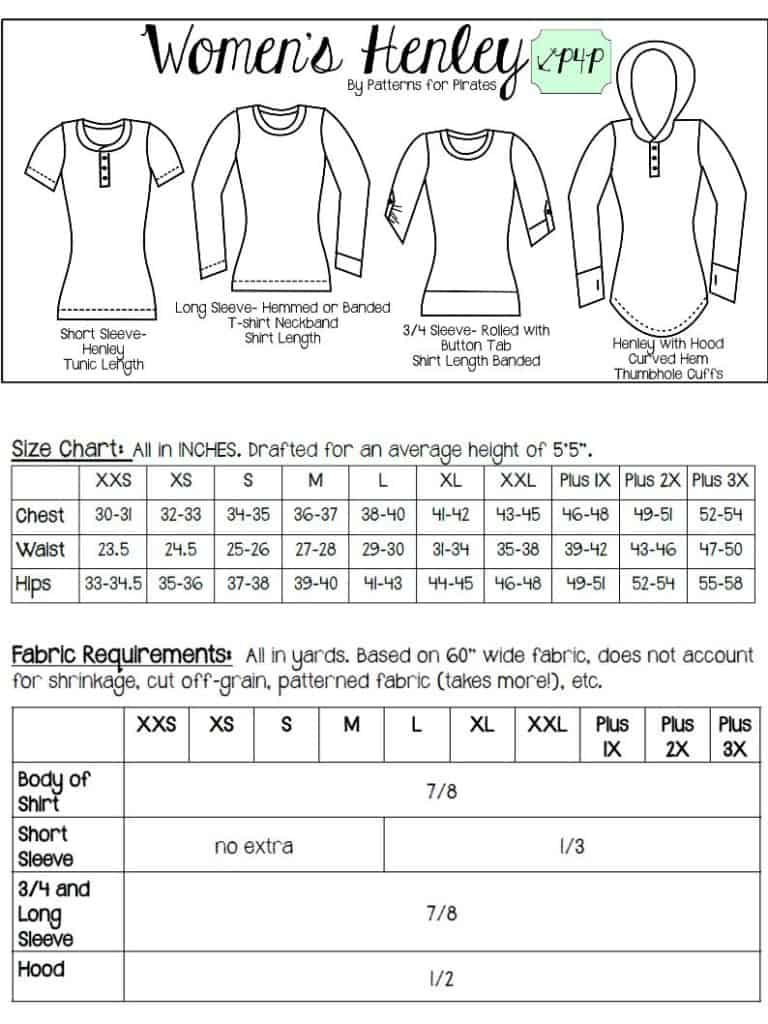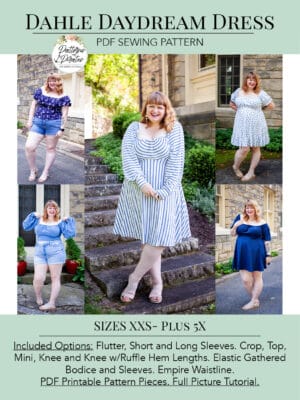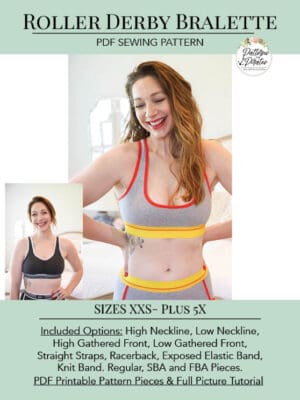Arrrrrrrre you ready for some raglan-sewing tips, tricks and add-ons? We sure are!
In case you missed Nicole’s sneaky announcement yesterday, here’s another teaser to get you excited about the week ahead. Patterns for Pirates is dedicating an ENTIRE week to all things Raglan! And boy do we have the best week planned out for you!

We are constantly being asked what the best patterns are for beginners. Raglan-style shirts are excellent because of the sleeve type. They’re super fast to sew, fun to mix/match fabrics and prints with, and leave an unlimited amount of style possibilities. In fact, the Relaxed Raglan was the first ever P4P pattern that I (Katy) made for myself and I haven’t stopped making them since. I do hope you join us for all of the fun we are about to have!
Just take a look at our schedule!
Monday, September 19: Jolly Roger Raglan Pattern Update + Jolly Roger Add-On Pack Pattern Release
Tuesday, September 20: JRR Woven Fabric Hack
Wednesday, September 21: JRR Animal Faces Add-On
Thursday, September 22: Contrast Band Hack for Kangaroo Pockets
Friday, September 23: Women’s Keyhole / Scoopback Raglan Hack
Saturday, September 24: Off-The-Shoulder Raglan Hack
Sunday, September 25: Adding Stripes to Your Raglan Sleeves
You can follow along on the blog here, or in our Facebook group. Search #P4PRaglanWeek to be able to find our posts all over social media. And please feel free to sew-along with us on one or all of the days. The more the merrier!
But wait, there’s more! We wanted to create a friendly pirate-y competition with our P4P Raglan Week!
Between tomorrow and Wednesday, September 28, sew up a Patterns for Pirates raglan shirt shirt using one of our add-ons, hacks, or keep the pattern as-is. Share your photo with us on Instagram or in our Facebook group and use the tag#P4PRaglanWeek We will pick our favorite and the winner will win a free P4P pattern of choice AND be featured on this blog. Fun right?
To make it even better we have put all the raglan patterns in the shop on sale all week (no code needed)!
Now get out there and sew some raglans, matey!






























































































































































